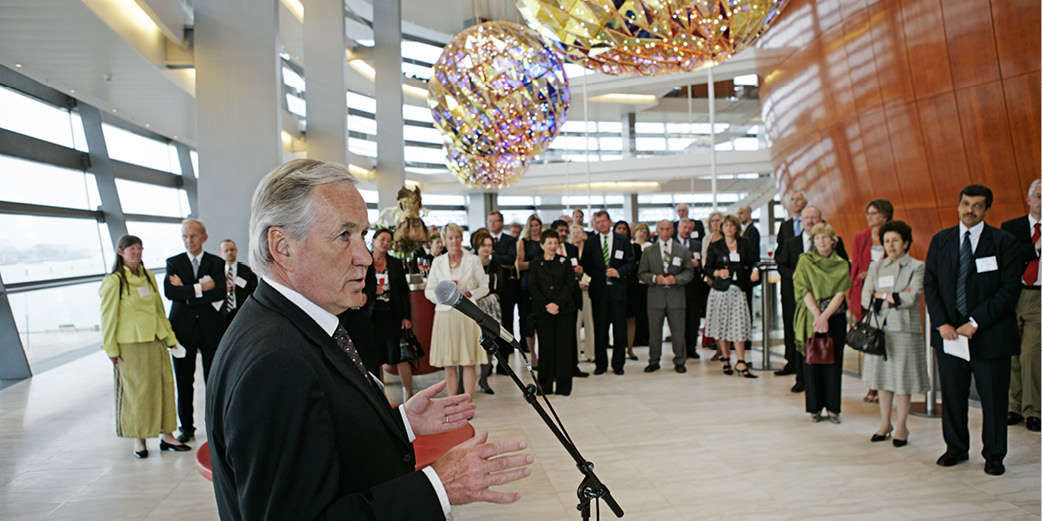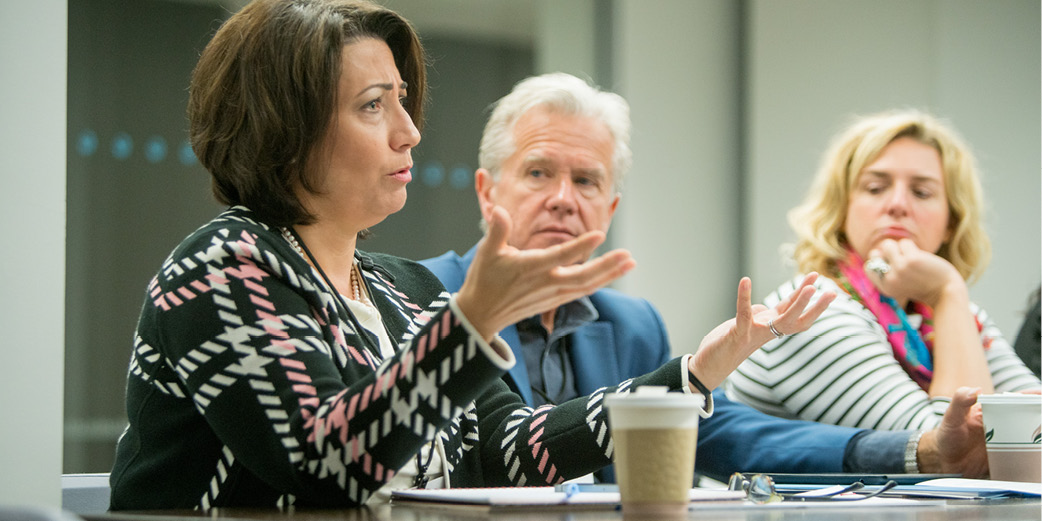Assess Your CEO’s Strategic Fit Over Time
08 May. 2014 | Comments (0)
![]()
Roger Federer can arguably be considered the greatest tennis player of all time, having won 16 Grand Slam titles—and yet he lost every French Open Championship he played against Rafael Nadal. Few would suggest that Nadal was a better overall tennis player. But on the clay courts of Paris’ Roland Garros stadium, he was the best player. And even though no one would deny Roger Federer’s overall tennis prowess, no one expects that he would win in every conceivable situation. So why do we assume that our CEOs will?
Like Federer, some CEOs consistently win in one context but lose in another. If you’re involved in CEO selection, this requires that you both hire the right CEO and understand when the company’s strategic situation suggests that a different CEO is more likely to win. Retaining a leader whose profile no longer fits the strategic imperatives of the business can have disastrous business consequences. Two poignant examples:
- Steve Ballmer was a strong fit for Microsoft’s challenges when he was promoted to CEO in 2000. The company’s twenty years of entrepreneurial success had positioned the company to reap greater financial rewards using a more disciplined operational focus. Ballmer effectively led this shift and saw strong revenue growth from it. However, by the middle of the decade, Google was growing, YouTube was forming, and “operational excellence” wasn’t a differentiating strategy in technology. Ballmer had done his job, but the strategic needs of the organization had shifted. As CEO fit decreased, Ballmer’s performance followed and he was pressured out of the job in late 2013.
- In the late 1990’s, Home Depot’s rapid growth had outpaced its corporate infrastructure and was hiding serious cost management challenges. Their board hired Robert Nardelli from GE to quickly install the organizational foundation necessary to continue the company’s growth and better manage costs. Nardelli’s background and personality were a perfect fit for that challenge and he delivered some of the company’s most profitable years. But with the infrastructure and discipline in place, the company needed a leader who could drive innovation-based growth. No one should have expected Nardelli to transition to fit with the new challenge and profile needed, but the board didn’t pro-actively change CEOs and Nardelli suffered through a needlessly messy exit.
As these examples suggest, we’re successful not just because of our individual capabilities but also because of how those capabilities fit with specific challenges. The science behind this is called Person-Environment Fit and its intuitive conclusion is that we’re more effective when we “fit” with our environment. Fit is particularly important for senior executives since the research on this topic shows a direct link between an organization’s performance and the level of alignment between its strategy and the profile of top managers.
The problem is this: While unique aspects of a CEO’s profile that determine fit with an organization—such as career experience and personality factors—will largely remain static, internal and external factors that determine what a company needs from its CEO will change over time. This means that, as the company changes, CEO fit will decrease and performance will suffer. In addition to the research, a review of public company CEO history confirms both that poor fit leads to poor performance, and that fit changes over time.
The implication of this is that boards should actively assess the degree of alignment between the CEO and the strategic needs of the business, and remove CEOs to maximize fit as the corporation’s needs change. Most boards are used to a rigorous selection process before hiring a new CEO; but how should a board assess fit during the tenure of a CEO?
One way is to assess the CEO’s fit on two key dimensions where the CEO’s role and influence are distinct: Strategy and Change. The CEO sets the company’s strategic choices and serves as the company’s most visible and prominent leader during large scale change. The better a CEO fits with the company’s strategy and change needs, the more successful that CEO should be. Boards should assess CEOs on both dimensions regularly—not only when considering the CEO for the job in the first place, but throughout the CEOs tenure in the job.
A simple tool for this purpose is what we call the Executive Fit Matrix. This matrix allows boards to cross the two dimensions—Strategy and Change—and determine fit by comparing a company’s strategic direction with the capabilities needed by their CEO.
To Assess Strategy Fit: Authors and academics classify strategic choices in many ways, but the two most enduring categories are 1) seeking a cost advantage or 2) seeking a differentiation advantage. These strategies anchor each end of the strategy continuum and corporate strategies will typically align with one of these choices.
To Assess Change Fit: The taxonomy of the change dimension isn’t as well established, but it’s fair to say that some companies will be experiencing high amounts of change (start up, turn around, economic shock, etc.) and others the typical day-to-day changes that mark corporate life. We’ll label the two ends of the change spectrum as High Change and Low Change.
Looking at the matrix, it’s easy to see why Ballmer and Nardelli, both initially great fits, became liabilities for their companies. Ballmer took over, and excelled at, a Box 2 challenge. When Microsoft’s competitors moved into Box 1 with innovative products for the Internet and later the cloud, Ballmer couldn’t drive the necessary innovation and change that Microsoft needed to keep pace. Similarly, Nardelli successfully turned-around Home Depot (Box 4) but failed to lead the company into the operational excellence marked by Box 2.
Fit is an essential factor in any senior leader’s performance, but infinitely more so for the CEO given their central role in the organization’s success. The board’s responsibility is to regularly assess and try to optimize the fit between their company’s top leader and the company’s strategic challenges. Hiring the right CEO may be a high-profile activity, but proactively managing CEO tenure to ensure the best fit will drive the best performance for the future.
This blog first appeared on Harvard Business Review on 3/12/2014.
View our complete listing of Strategic HR blogs.
-
About the Author:Miriam Ort
Miriam Ort is Senior Vice President, Human Resources at Avis Budget Group and the coauthor of One Page Talent: Eliminating Complexity, Adding Value (Harvard Business Review Press, 2010)
-
About the Author:Marc Effron

Mr. Effron helps companies build better talent, faster. Mr. Effron helps the world’s largest and most successful companies improve the quality and depth of their talent. His consulting work focu…













0 Comment Comment Policy